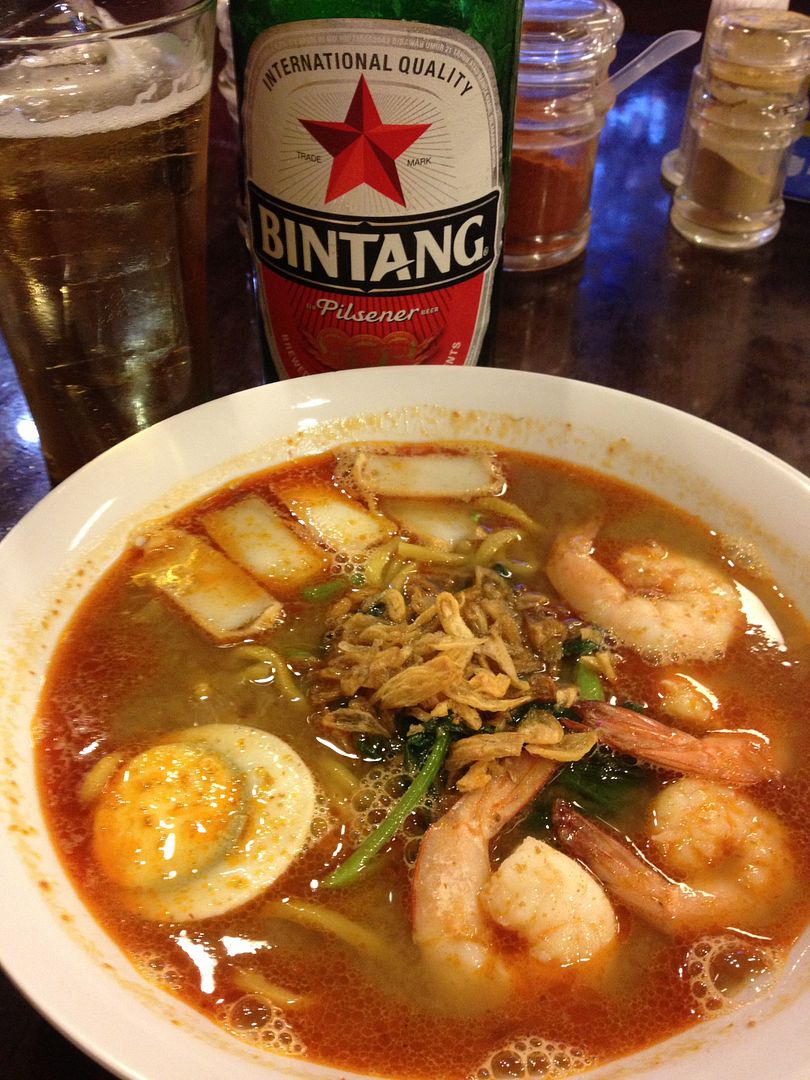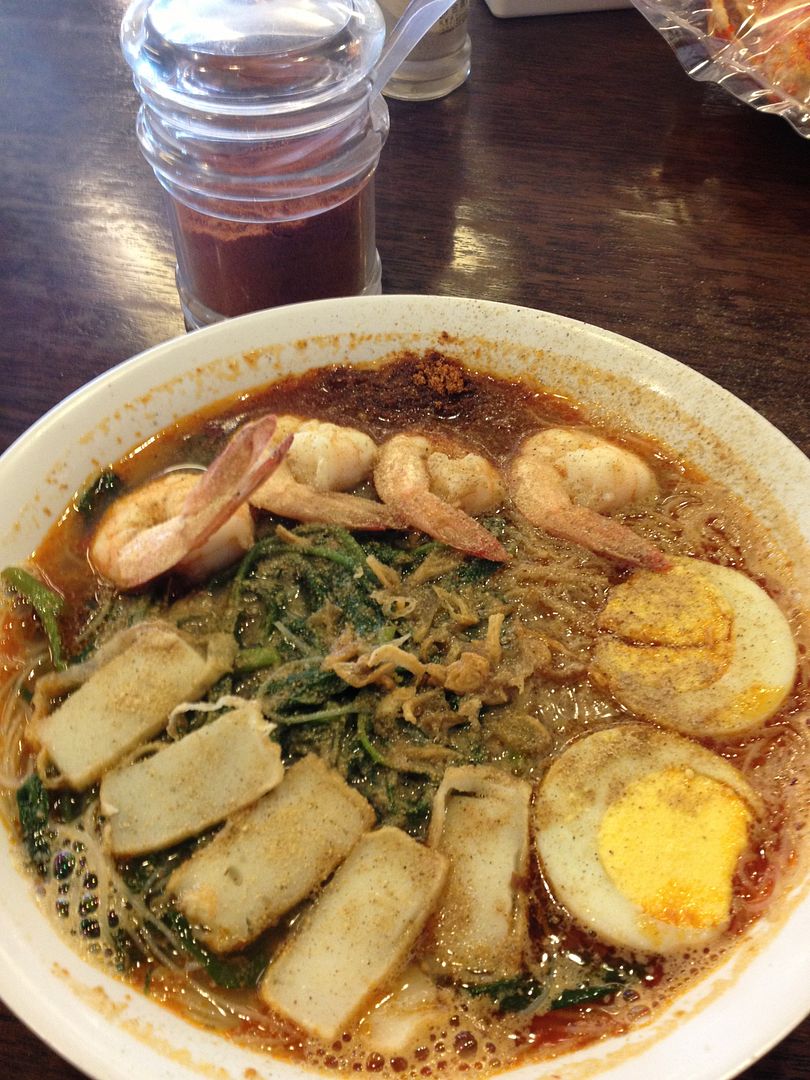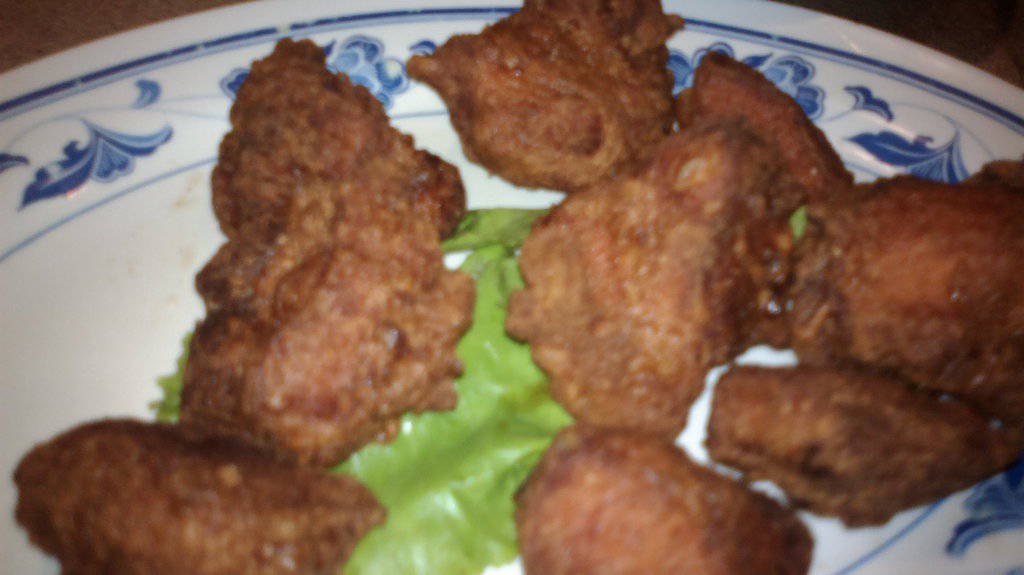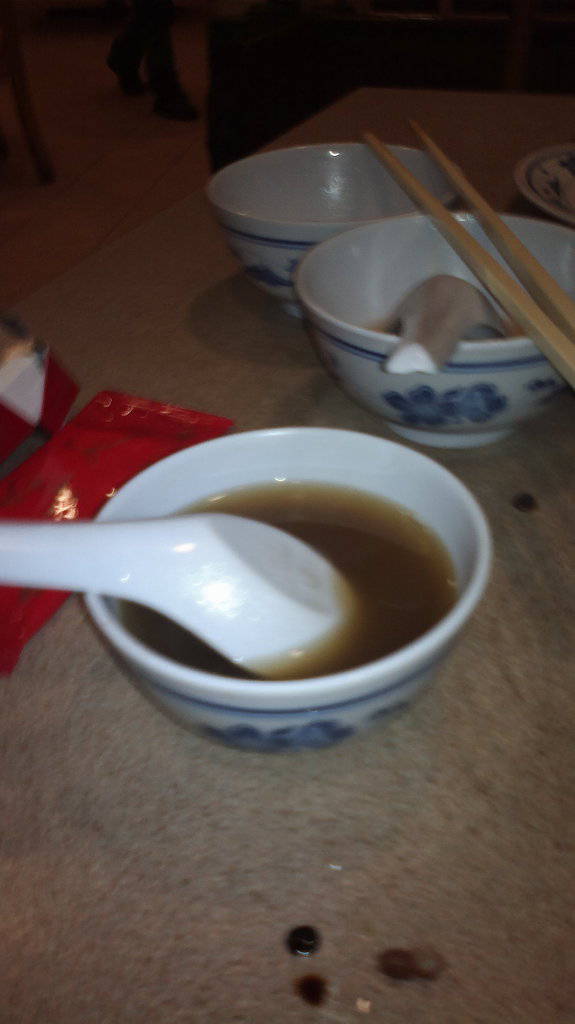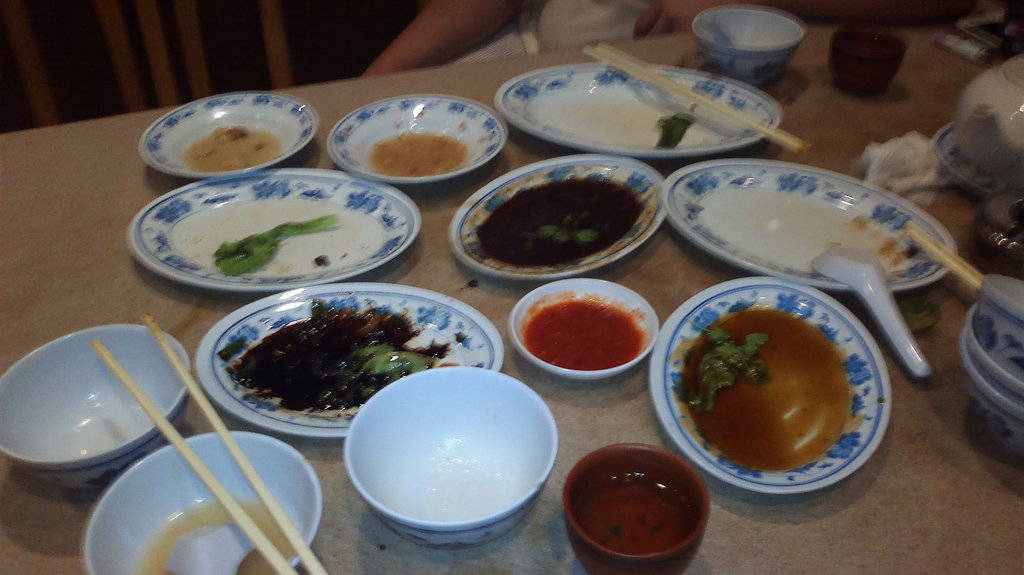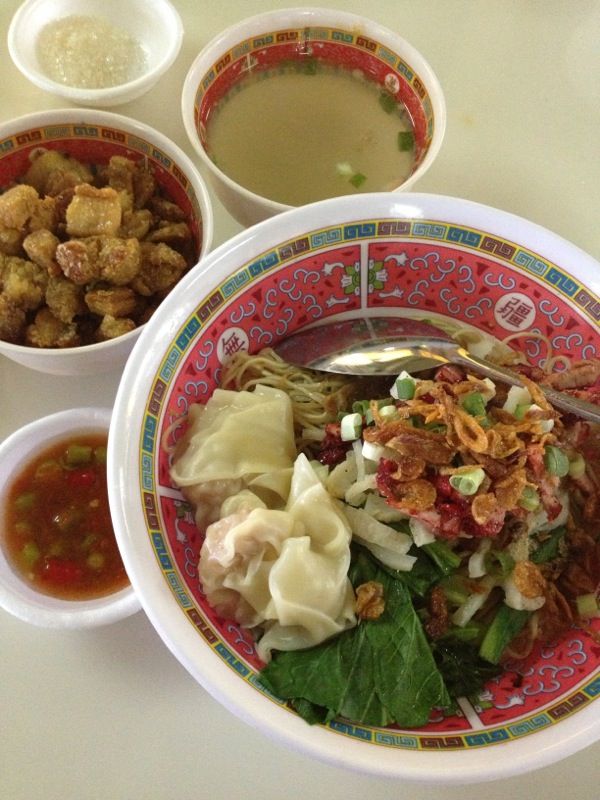- Joined
- Sep 15, 2011
- Messages
- 9,187
- Points
- 83


1,500 years of Thai art
by Helmi Yusof, The Business Times |03 December 2012 .
When you hop into a taxi in Bangkok, you may notice the many amulets of Buddha, Ganesha and Guanyin lined up on the dashboard or swinging from the rear-view mirror. Ask the taxi driver why he has so many and he'll tell you each one brings him safety, luck and good health.
This odd mix of religious icons from two different faiths, Buddhism and Hinduism, is but a taste of Thailand's unique blend of Buddhism, which incorporates many elements of Hinduism and spirit worship.
More glimpses of this intriguing mix can be found in the ancient Thai artefacts on display at Asian Civilisations Museum's latest exhibition Enlightened Ways: The Many Streams of Buddhist Art in Thailand.
Exploring 1,500 years of Buddhist art, the exhibition showcases 191 objects such as statues, stupas, jewellery and ceramics. Many are on loan from various Thai museums, some are being shown outside of Thailand for the first time, while others are the property of the ACM.
From a bronzed statue of a seated Ganesha found in Ayutthaya in the 14th century, to a candle holder boasting a Kala head surrounded by serpents, most of the artefacts have been well-preserved or restored to extol the beauty of Buddhist art.
One highlight of the exhibition is the intricately carved 16th-century bronze sculpture of Buddha seated in calm meditation while the huge armies of his enemy Mara are advancing.
Though not shown in the sculpture, the story goes that when the army shot arrows and hurled hot rocks at Buddha, the projectiles turned into flowers in mid-air - a charming sight, for sure.
Buddhism began around the 6th century BC and spread through India and Sri Lanka before reaching South-east Asia. It arrived in Thailand before the 5th century and became so widespread, it was declared the state religion in the 13th century.
Historians do not know for sure how the religion came to incorporate such strong Hindu influences.
Many historical records and religious texts did not survive the Burmese destruction of Ayutthaya, the capital city of the Thai kingdom, in 1767.
But several experts attribute it to the kingdom's strong trade ties with Indian merchants as well as the presence of many Indian artisans in the kingdom.
As ACM director Alan Chong points out, the interweaving of religious practices is not unique to Thailand: "You could say the same about the evolution of Christianity in Europe."
Similarly, the influx of Chinese immigrants in 1782 under the reign of King Taksin, a half-Teochew, half-Thai monarch, led to Chinese motifs appearing on some artefacts. One large elephant seat dating back to the 19th century features images of pear trees, flowers and birds reminiscent of Peranakan motifs.
Principal curator Heidi Tan says: "The elephant seat is probably a gift from a wealthy Chinese family to the Chiang Mai temple that owned it. By then, there were many Chinese craftsmen residing in Thailand, and there was a great deal of interest in Chinese culture among the Thai royal family members."
Another highlight of the collection is a 31-m long scroll which depicts the story of Buddha's past life as Prince Vessantara. Because of its extraordinary length, the museum displays only 10m of the scroll, while the rest can be viewed on a computer screen nearby.
The scroll details somewhat comically how Prince Vessantara - revered as a paragon of generosity - gave away all his earthly possessions. At one point, the prince gave away his children who became slaves for an evil man. When the prince told his wife what he had done, she fainted in shock. Soon after, he gave away his wife too!
Not all women today would approve of the prince's acts of unconditional charity. Yet the story of it is celebrated across Thailand, often with dance and drama performances, as well as festive parades and processions.



